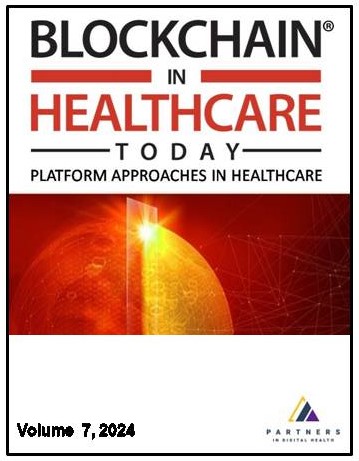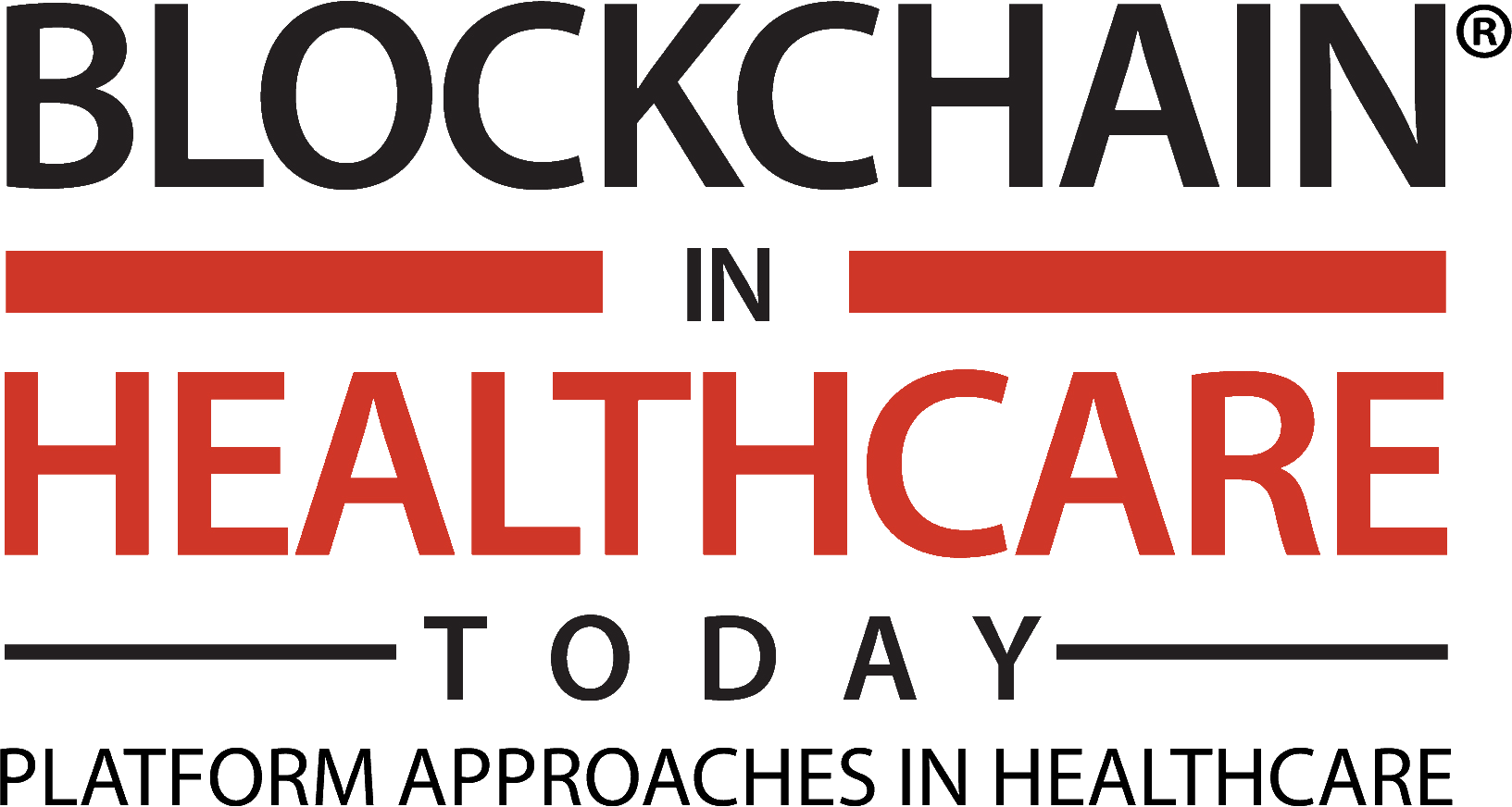
Additional files
More articles from Volume 7, Issue 1, 2024
Leveraging Decentralized Clinical Trial Management Systems (dCTMS) to Advance Science: Exploring Challenges related to the Diffusion of Innovation and its Execution
Pioneering New Business Models in Value Based Care
Blockchain in Health - From Pilots to Mainstream and Implications for AI
Data Economy in Healthcare on Blockchain Technology
EHR Systems and Blockchain: Potentials, Challenges and the Road Ahead
Article views
Blockchain Applications in the Pharmaceutical Industry
 ,
,
 ,
,
Abstract
Background: In recent years, blockchain technology has made great strides in diverse industries but has fallen behind within the pharmaceutical industry. The pharmaceutical industry is complex and would benefit greatly from the distributed database and emphasis of information privacy promoted by blockchain technology. This paper identifies the potential best application for blockchain technology in the United States pharmaceutical industry by identifying current trends, companies exploring the possibilities of blockchain technology, and industry concerns with opportunities for improvement. Methods: We utilized a 4D framework using ease of implementation, novelty, necessity, and fit of the overall industry to examine the adoption of blockchain technology in the pharmaceutical industry. Based on the 2D framework of difficulty and novelty as driving factors for the development of foundational technologies in the world of business by Iansiti and Lakhani in The Harvard Business Review, each application was ranked and scored for the best potential implementation. The potential applications proposed in this paper can be grouped into two main categories. The first category, management, includes best use cases such as health records, clinical trials, and inventory systems. The second category, monitoring, highlights cases such as pharmaceutical products, preventing counterfeits, optimizing supply chains, and addressing prescription misuse and abuse.Results: Each application was ranked by the four metrics in the framework, giving the greatest weight to necessity and ease of implementation. Using the highlighted methodology above, the applications for best implementation include Prescription Drug Misuse and Abuse Prevention, Prevention of Counterfeits, Clinical Trial Outcomes, and Smart Contracts. Conclusion: Blockchain technology offers a new and promising solution to pharmaceutical industry needs. Each application of blockchain technology must fit within the framework of necessary, ease of implementation, familiarity amongst stakeholders, and fit of the overall industry to promote the most appropriate use. By using the extended framework proposed by Iansiti and Lakhani we show that blockchain, in all these domains, shows promise to improve pharmaceutical industry performance.
Keywords
References
Citation
Copyright
This is an open access article distributed under the Creative Commons Attribution License which permits unrestricted use, distribution, and reproduction in any medium, provided the original work is properly cited.
Article metrics
The statements, opinions and data contained in the journal are solely those of the individual authors and contributors and not of the publisher and the editor(s). We stay neutral with regard to jurisdictional claims in published maps and institutional affiliations.

